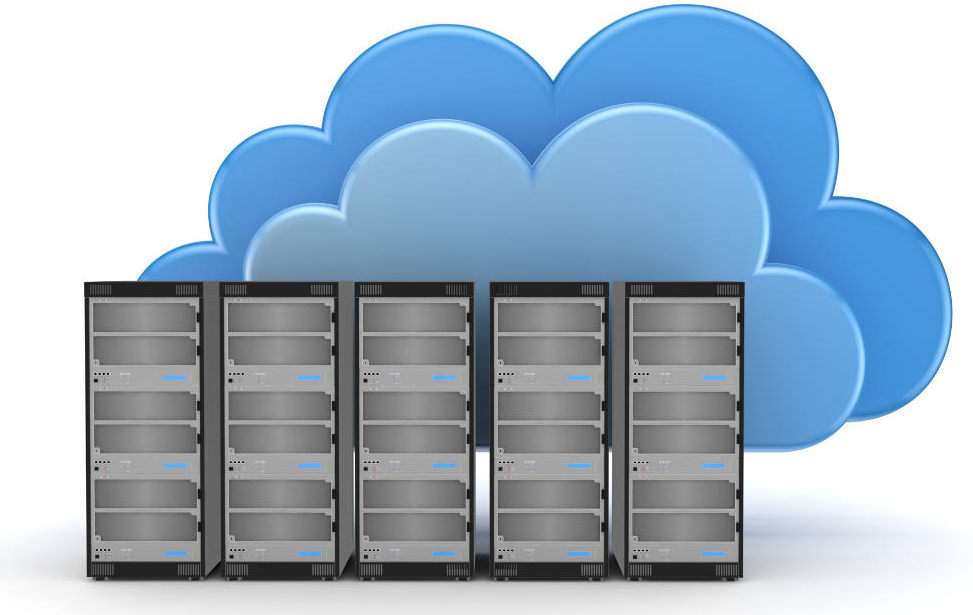

- #Offsite data backup how to#
- #Offsite data backup software#
- #Offsite data backup trial#
- #Offsite data backup download#
It follows then that the more backup copies you have, the less likely it is that you would lose them all at once. Keeping 3 copies of data is the bare minimum required to ensure that you can recover in any failure scenario, keep recovery objectives low and avoid a single point of failure. Three copies mean the primary production data and two backup copies. Keep at least three (3) copies of your data Let’s take a closer look at each point of the 3-2-1 rule. This approach is not about choosing one medium over another but rather about finding the right combination of storage media and locations in terms of cost-efficiency, security and flexibility. One of the most common practices is to keep one copy of production data, one backup on a local repository and one backup copy in offsite storage or in the cloud. Store two (2) backup copies on different storage media.īy applying this rule, you ensure that data can be recovered in almost any failure scenario.Keep at least three (3) copies of data.The 3-2-1 backup rule refers to a tried-and-tested approach to data retention and storage:
#Offsite data backup trial#
Get the Free Trial now! What Is the 3-2-1 Backup Rule?
#Offsite data backup download#
Download the latest NAKIVO Backup & Replication datasheet to learn more. NAKIVO delivers a data protection solution that helps organizations implement the 3-2-1 backup rule in virtual, physical and cloud environments.
#Offsite data backup how to#
Read on to learn about the components of the 3-2-1 rule and how to build on it to meet emerging cybersecurity challenges. The 3-2-1 backup approach is recommended by information security professionals and government agencies like the Cybersecurity and Infrastructure Security Agency (CISA) in the USA (in the Data Backup Options document by US-CERT). Today, this rule is a universally accepted strategy within the IT industry and beyond. However, at the heart of every robust data protection plan is the 3-2-1 backup rule. Whether it is disruptions caused by accidental deletions and hardware failure or more severe accidents like natural disasters or malware attacks, maintaining access to data is key.Ī single copy of critical data may seem to be sufficient to recover from. Most businesses now understand the importance of backing up data to avoid the negative impact of data loss on their operations. With SIRIS you have your original data on your servers, a local backup on to the Datto SIRIS appliance and a third offsite backup in the Datto cloud.By Jessie Reed 3-2-1 Backup Rule: Implementing Efficient Data Protection Solutions such as Datto SIRIS, which is an all in one BCDR solution, create both a local and offsite backup in the Datto Cloud. They both have their pros and cons which is why deploying a BCDR Solution that does both is essential for businesses to drive business continuity. it’s not about onsite or offsite-you need to have both. When it comes to choosing a backup solution.
#Offsite data backup software#
Sometimes an automated software package will be used to automatically perform the backup process. They provide protection for disaster recovery, especially if the business relies heavily on computers.Īn onsite backup typically includes all important data that has been saved to local media such as tapes, or hard disks. Local backups are useful for protecting data from natural disasters, theft, or other types of disaster. This type of backup is typically done on the business premises. Learn more about disaster recovery > What is an Onsite Backup?Īn onsite backup is a system backup of data that is stored locally. Having an offsite and onsite backup is key to ensuring business continuity and planning for disaster recovery. The core goal of an offsite backup is to have a secondary location where the data is located, so if there is a fire at the original location then the secondary backup will be safe.

Offsite backup solutions have been used for decades as a way to protect data from potential disasters like fires, natural disasters, and other unforeseen events. Offsite backups are a type of data protection that provides a copy of a business' production system data, which is stored in a different location from where the original data is stored.


 0 kommentar(er)
0 kommentar(er)
